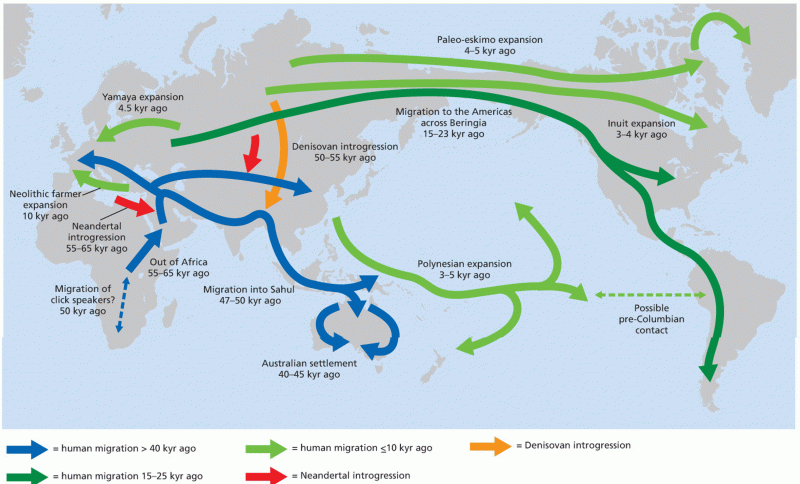Answer to Question 1
Answer: The industrial revolution (primarily during the 1800s) is credited to be the spark that began rural-urban migration in Europe and North America. The percentage of people living in urban areas in the United States, for example, increased from 5 percent in 1800 to 50 percent in 1920. Nearly 90 percent of the population in the United States and other developed countries now live in urban areas.
In recent years, large-scale rural to urban migration has occurred in developing countries of Asia, Latin America, and Africa. Worldwide, more than 20 million people are estimated to migrate each year from rural to urban areas. The principal reason for this rural-urban move is economic.
The trend has now shifted in developed countries. Today most intraregional migration in rich countries is from cities out to suburbs., leading to a decline in the population of cities. The major reason for the large-scale migration to the suburbs is not related to employment, , but rather the attraction of a suburban lifestyle, including large homes, open spaces and privacy. Developed countries witnessed a new migration trend during the late twentieth century. For the rst time, more people immigrated into rural areas than emigrated out of them. Net migration from urban to rural areas is called counterurbanization . The reasons are similar to those of suburbanization.
Answer to Question 2
Answer: Most countries adopt a selective immigration policy that excludes unwanted migrants and includes more desired ones. European countries that once maintained inclusionary policies to attract guestworkers from North Africa and the Middle East are today trying to limit immigration from these regions in favor of Europeans.
The United States uses immigration caps to limit the number of persons coming from dierent countries. At the same time, the U.S. government provides special permission to highly desirable immigrants. One way of imposing a selective policy is through government issued visas that require a migrant to gain permission to enter a country before arriving there. Special work or residency permits may also be used.







